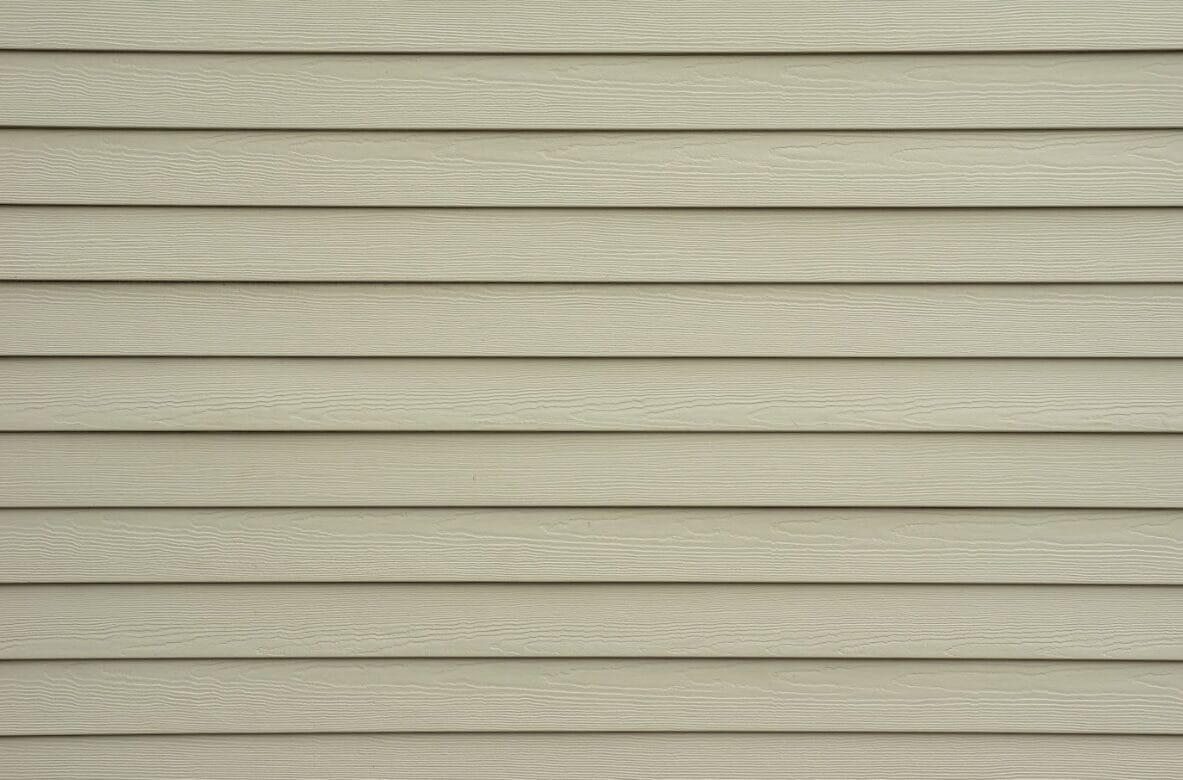Your roof stands as the first line of defense against the elements, shielding your home and loved ones from rain, snow, and sunshine. However, nature sometimes unleashes a fierce adversary in the form of hailstorms, and these icy pellets can wreak havoc on your roof. In this blog, we’ll delve into the world of hail damage, its causes, signs, and what you can do to protect your home.
The Anatomy of Hail
Before delving into hail damage, it’s essential to understand what hail is. Hailstones are small, hard balls of ice that form within thunderstorms with strong updrafts. These updrafts carry raindrops upward into extremely cold regions of the storm, causing them to freeze. As more layers of ice accumulate, the hailstone grows in size until it eventually falls to the ground during the storm’s downdraft.
Hail Size Matters
Hailstones vary in size, from small pebbles to golf ball-sized chunks or even larger. The size of hail can significantly impact the extent of damage it inflicts on your roof. Larger hailstones tend to cause more severe damage, as they have more mass and force when they hit.
Common Types of Roof Damage
Roof Deck Damage: The layer beneath your shingles, called the roof deck or sheathing, can also suffer damage. Hail can create soft spots, weaken the structure, and eventually lead to leaks.
Gutter and Downspout Damage: Gutters and downspouts are not immune to hail damage either. Large hailstones can dent or even pierce these essential drainage systems, causing water to flow improperly and potentially lead to water damage.
Recognizing Hail Damage
Hail damage isn’t always immediately apparent. In some cases, it may take several storms for the full extent of the damage to become noticeable. Here are some signs to watch for:
Granule Loss: Hail damage may result in granule loss from your shingles. Check for patches of exposed asphalt or fiberglass mat.
Cracks or Tears: Hail can cause cracks or tears in shingles, making them more vulnerable to water infiltration.
Soft Spots on Roof Deck: If you notice soft or spongy areas on your roof when walking on it, this could indicate damage to the underlying roof deck.
Water Leaks: The most apparent sign of roof damage is water leaking into your home. If you notice stains or moisture on your ceiling or walls, address it promptly to prevent further damage.
Protecting Your Roof
While we can’t control the weather, there are steps you can take to minimize hail damage to your roof:
Insurance Coverage: Review your homeowner’s insurance policy to understand your coverage for hail damage. Consider adding or adjusting coverage as needed.
Conclusion
Hail damage to your roof can be a challenging issue to address, but with awareness and preventive measures, you can minimize its impact on your home. Regular inspections, prompt repairs, and the use of impact-resistant materials can help protect your investment and keep your home safe from the hidden peril above.




